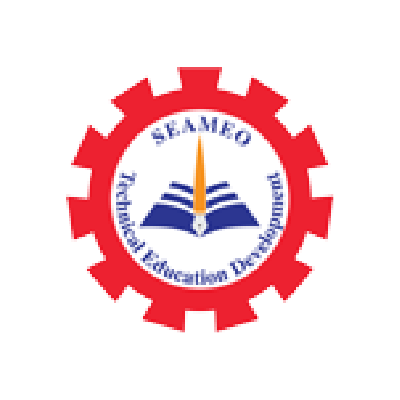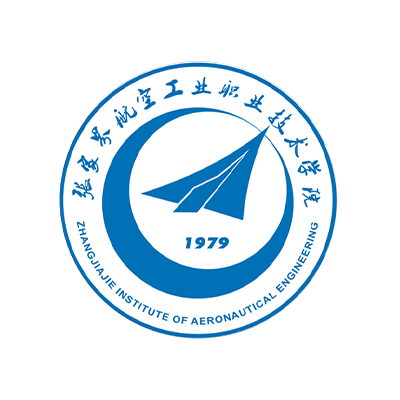TEL:+855 99 294 999
FAX:+855 99 294 999
E-MAIL:catecp@china-asean.cn
Lesson Code: TCEN2025H024
Clicks:
![]()
1. Lecturer DU XiliZhangjiajie Institute of Aeronautical Engineering
2. Lecturer WEI KaiZhangjiajie Institute of Aeronautical Engineering
3. Lecturer WANG AjiuZhangjiajie Institute of Aeronautical Engineering
4. Lecturer GONG ZechuanZhangjiajie Institute of Aeronautical Engineering
5. Lecturer FAN JinjunZhangjiajie Institute of Aeronautical Engineering
6. Lecturer YU HongweiZhangjiajie Institute of Aeronautical Engineering
![]()
![]()
![]()
1. Corresponding PPT
2. Online Course Video
3. Simulation Question Banks
![]()


![]()
1. Being able to systematically understand the thermodynamic cycle, aerodynamic principles, and cooperative mechanisms among major components of gas turbine engines (including compressors, combustion chambers, and turbines), and to qualitatively analyze the influence of parameters such as rotational speed and altitude on engine performance.
2. Capable of accurately identifying key structural configurations of aero engines-including overall layout, rotor support systems, and major connections-while demonstrating a deep comprehension of the inherent logic that “principle determines structure, and structure realizes function.”
3. Possessing an initial capability in systems thinking and engineering analysis, being able to apply theoretical knowledge to basic performance estimations and logical reasoning of typical failures, thereby establishing a solid foundation for advanced professional work in engine design, manufacturing, maintenance, and fault diagnosis.
![]()
![]()